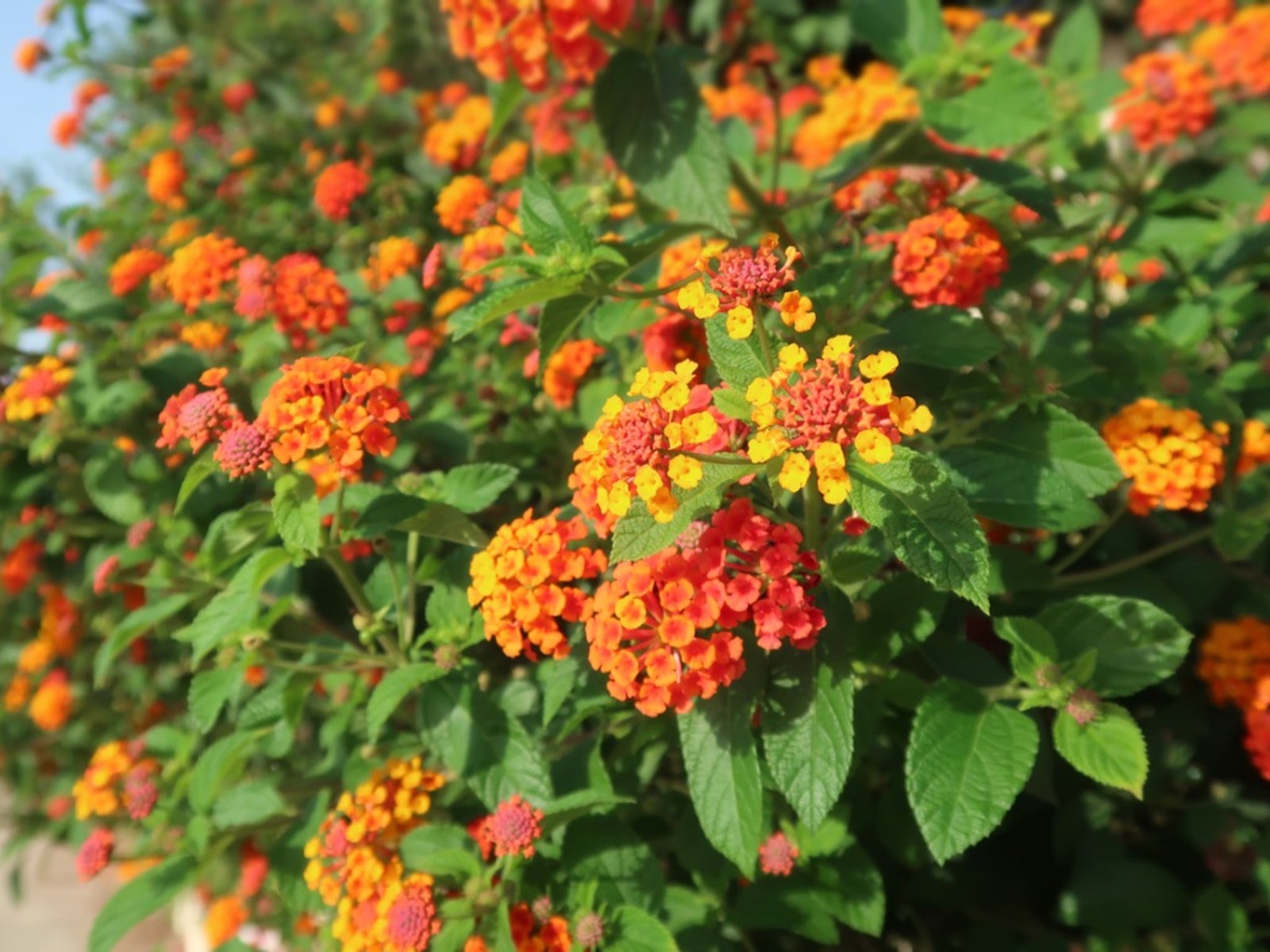Diseases Of Lantana Plants: Identifying Diseases That Affect Lantana


Lantana is beloved for its bright flowers that last all summer long and for its reputation as an easy-care shrub. Unfortunately, even lantana can get diseases and needs gardener care. Many times, the disease results from inappropriate cultural care. Read on for a discussion of lantana plant diseases and tips for treating diseases in lantana.
Diseases of Lantana Plants
Even low-maintenance lantana will suffer if you don’t treat it appropriately. Your first defense against diseases that affect lantana is to learn what lantana needs to thrive and provide it. Generally, this includes a sunny location with well-draining soil. Otherwise, it may come down with one of the following diseases of lantana plants. Powdery Mildew – Lantana loves sun and should not be grown in shade. If you grow this vigorous plant in a shady area, it may come down with powdery mildew. You can recognize this fungal disease by the white or gray powdery substance that covers its leaves and stems. This disease, like many lantana plant diseases, doesn’t usually kill the plant. However, it may cause distorted, discolored leaves. For powdery mildew, treating diseases in lantana is not difficult. You can control powdery mildew by rinsing off the plants as soon as you see the symptoms. Then you should apply neem oil to the leaves every few weeks. Botrytis Blight – Botrytis blight, also called gray mold, is another of the fungal diseases that affect lantana. It is caused by excess moisture. Generally, plants do not get this disease if you avoid overhead watering. If your lantana has botrytis blight, you’ll see wet, brown spots on the leaves that soon get covered over by gray mold. You should treat this disease with a fungicide that contains fenhexamid or chlorothalonil.
Other Problems and Diseases of Lantana Plants
You’ll find that there are a few other diseases that affect lantana. One of them is sooty mold that discolors the lantana leaves. Sooty mold is most often caused by an infestation of whiteflies or similar sap-sucking insects. Treat the insects or you’ll have a hard time getting rid of the disease. If you don’t offer your lantana plants the excellent drainage they need, lantanas can get root rot. This might also be a problem if you water too often.
Sign up for the Gardening Know How newsletter today and receive a free copy of our e-book "How to Grow Delicious Tomatoes".

Teo Spengler is a master gardener and a docent at the San Francisco Botanical Garden, where she hosts public tours. She has studied horticulture and written about nature, trees, plants, and gardening for more than two decades, following a career as an attorney and legal writer. Her extended family includes some 30 houseplants and hundreds of outdoor plants, including 250 trees, which are her main passion. Spengler currently splits her life between San Francisco and the French Basque Country, though she was raised in Alaska, giving her experience of gardening in a range of climates.